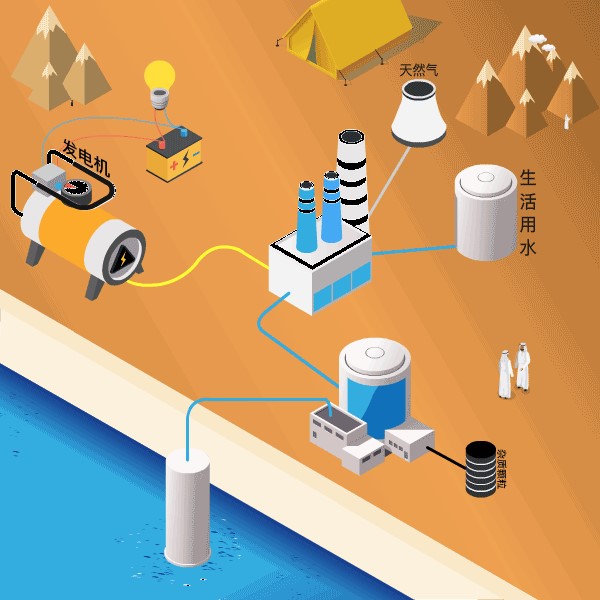The Epoch-making “One Belt and One Road” Strategy
The Epoch-making “One Belt and One Road” Strategy
By CGCC Vision
As a China’s long term strategy to facilitate all-round economic andsocial development, “One Belt and One Road” is time-defining.
Tse Kwok-leung, Head of Policy and Economic Research of the Bank of China (HK), pointed out that China is making deployment preparation in different aspects to drive the “One Belt and One Road” strategy. These include perfecting infrastructures, establishing regional trade and logistics bases as well as offshore economic and trade co-operation parks, and raising funds for development.
Infrastructures as first priority
China is building various infrastructure projects along the route of “One Belt and One Road”, with high-speed rails as one of the foci. China is planning three highspeed rail links that go through Europe and Asia to connect China with Europe, Middle Asia and Southeast Asia. The third Euroasia Transcontinental Bridge is also under conceptualization. This would traverse through more than 20 countries in Eurasia to form a new regional economic development axis.
At the same time, China has started co-operation with countries such as Indonesia, Cambodia, Myanmar, Sri Lanka and Greece on port establishment and operation. On the other hand, the A, B and C lines of the Central Asia–China gas pipeline have already commenced production. These, together with the completion of line D, will form the Central Asia-China gas pipeline network to become a major economic belt of China and five Central Asian countries.
Co-establishing economic and trade co-operation parks
In addition to collaborating with core cities along the route of “One Belt and One Road” to establish trade and logistics hubs, China is also building economic and trade co-operation parks (i.e. industrial parks) overseas. Data from the Ministry of Commerce reveals that China has established 118 economic and trade co-operation zones or economic development areas in 50 countries. Amongst them, 77 are located in 23 countries along “One Belt and One Road”.
In 2014, the volume of trade between China and countries along “One Belt and One Road” amounted to USD$1.12 trillion, which represents 26% of total external trade. With an estimated average annual increase of 10%, the volume of trade between China and countries along “One Belt and One Road” is expected to reach USD$2 trillion by 2020.
Hong Kong to ride on the bandwagon
The country has also defined the positions of different provinces in its planning for “One Belt and One Road”. For example, Xinjiang has been defined as a “core area along the economic belt of the Silk Road”; Fujian, on the other hand, is the “core area of the 21st Century Maritime Silk Road”. Guangdong Province, sitting right next to Hong Kong, is to become the centre of commodity exhibition, sales and merchandizing for countries and regions along the 21st Century Maritime Silk Road.
As such, Hong Kong should seize the opportunity of “One Belt and One Road” and ride on the bandwagon to exert the power of its competitive edges. According to Tse, the funding requirement for the infrastructures of “One Belt and One Road” is expected to be in the range of USD$5-8 trillion. Multilateral financial institutes also need to raise large amount of development funds. Hong Kong can put its best advantage as a financing centre and take up an active role as a major offshore RMB market.
The building of “One Belt and One Road” involves different sectors. Hong Kong can play a part in sectors such as parts and components production; and commerce, trade and logistics. It can also offer talents from different professional services such as project management, law and arbitration and other intermediary services.
However, Tse reminded readers that the planning of “One Belt and One Road” does have a number of challenges. For example, it involves complicated multilateral international co-operation systems; the economic and legal standards of some of the countries along the route are comparatively backwards; there are also differences in culture and religions, etc. In addition, most high-speed rails and expressways consist of parts that are inside and outside the countries involved, meaning there would be dovetailing problems in the projects. These are all new challenges for participating countries and enterprises alike.
This article is firstly published in the magazine CGCC Vision 2015 December issue. Please click here to view the full article.
(Remark: This is the English translation version. For the exact meaning of this article, please refer to the Chinese version.)




